Cancer is tough to treat because it’s essentially the body’s own cells gone rogue. This year’s laureates found a way to tweak the immune system to attack cancer cells.
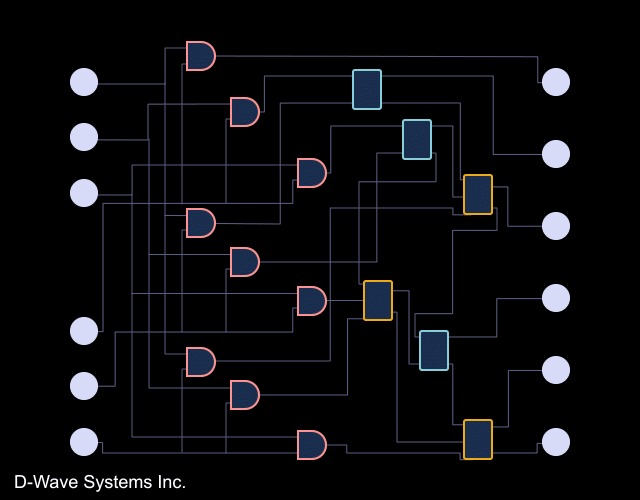

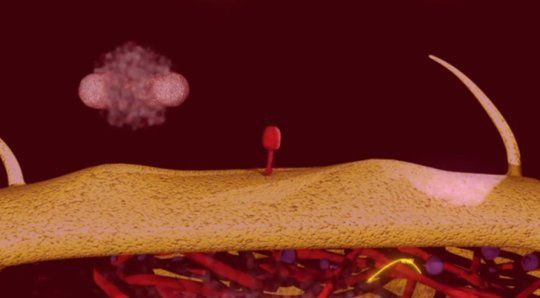
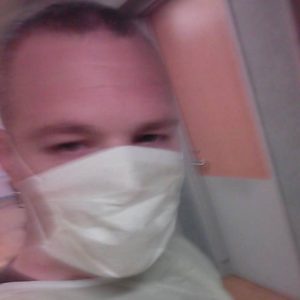
I would like to share a story. A story about sadness, depression, anger, and frustration. But most of all this is my personal story about triumphing over the death sentence of #cancer. I hope this story will give others who went through and are going through hope for the future.
My story started about 5 years ago on a cold winter day. Up until this point my life seemed invincible. That all changed. At the time I was working at the plasma center and we were preparing for an audit by the FDA. Before an audit we would have the floors waxed and make the center look as nice as possible. A few co-workers and I stayed late to help move the donor beds. I knew I had been feeling pain in my neck/shoulder area for a few weeks so I really didn’t want to. I figured it must have been from repetitive motions at work. I decided to just ignore it and help anyways: this decision changed my life dramatically.
As my coworker and I lifted a donor bed I felt a sharp pain in my neck. I could barely move my arm as it was so excruciating. I couldn’t lift my arm to my chest. I shyly let my manager know that I hurt myself. My manager had me go to Concentra #Health since I was going to be covered under worker’s compensation there. It was there I met Dr. Kreiger, one of the doctors who helped save my life.
Dr. Krieger took x-rays but because they were read off site we would have to wait a week. Dr. Krieger began putting me through physical therapy. After a few days of physical therapy there was very little improvement. I remember feeling frustrated because I had started to get into swimming and really wanted to swim. I am a big Michael Phelps fan and always joked I was training for the Olympics. After about 4 days I met with Dr. Krieger again. About 4 days later I saw doctor Krieger at Concentra again to have my x-ray impressions read to me. He walked me into the physical therapy room and had me lift a few weights to test my limits. He then led me into his office and told me I might want to sit down for this. I could tell he was nervous and wasn’t sure what he was about to say to me. I thought to myself right away, “Oh crap, because of my past #medical issues with my shoulder workers comp won’t cover it.” I had experienced pain in my shoulder from a broken clavicle the summer before from an incident on a trampoline.
I really wish that was the news but as we all know it wasn’t. Even as I write this I have tears in my eyes remembering this day like it was just yesterday. He started to read the radiologist’s report explaining, “a soft tissue mass was shown with associated destruction of the second left rib”. Not understanding this he then said the words I thought I would never hear, “this could be cancer”.
Tears streamed down my face as I sat back in my chair floored by this horrible news. My whole world was just flipped upside down. My heart sunk. He said he was very sorry and he’d help me as a resource in anyway he could. I left that day with a broken heart and spirit. I only lived 3 blocks away from Concentra and I remember it was the longest and coldest winter walk home of my entire life. I then called work in tears explaining I needed the day off. They understood. I then called my girlfriend of 5 years and told her. I held back tears explaining this to her being as strong as I could. She was stressed but I was impressed by how well she kept her composure.
After a couple of weeks of visiting Dr. Krieger at Concentra he decided that physical therapy wasn’t working due to my underlying medical issues. He said we would have to end worker’s comp because he has to be fair with them. He let me work with him a few more days. I wanted to believe that the physical therapy was working but it wasn’t. I remember the anger as I started to realize the reality of the situation more and more. I mentioned that Dr. Krieger was one of the Doctors who helped save my life, that’s no understatement. I had no medical insurance at the time and had no primary care physician. Dr. Krieger took on that responsibility and I cannot thank him enough. He ordered an MRI with Doctor Robert G. Wells at Pediatric Diagnostic Imaging. It was there that I met Dr. Robert G. Wells. I had a pretty good idea of his credentials because I googled him. He is a well respected radiologist within the medical community. He was also one of the nicest people I have ever met.
I was led to the area where the MRI would be performed. Never having been in one I can now state that I am not claustrophobic. After what seemed like forever laying in one I was finally done with the MRI scan. He then decided to do a CT scan at no additional cost. He confirmed that I had a tumor and clearly explained that it is malignant from what he can see and set a follow up appointment for a core needle biopsy. He did all this knowing I had no insurance but I paid what I could in cash.
I then met with Dr. Krieger and let him know what Dr. Wells needed a core needle biopsy. Dr. Krieger wrote an order for me and sent it to Dr. Wells. The biopsy was not painful at all surprisingly and we had a good conversation while he was working away. The core needle biopsy confirmed that I had a cancer called plasmacytoma. When I got the call from Doctor Krieger I actually kind of laughed at the irony because I work at the plasma center. He said that it is an incredibly rare cancer. I walked to his office to pick up my pathologist report.
I did everything I could researching this new thing called plasmacytoma. Hours upon hours on google were spent researching. I learned that it is very slow progressing and is usually dealt with by a few zaps of radiation or monitored. I also learned it is more prominent in males over the age of 55! I am much younger than that so was surprised. I also discovered it was not fatal so long as it is treated immediately. I ended up talking with the medical director at the plasma center and he had recommended I go to the Aurora cancer clinic which was right across the street from Concentra because his good friend Dr. Molone worked there.
I called them and let them know the circumstances about my situation: I have no medical insurance, wouldn’t be able to enroll until next year, and was just diagnosed with plasmacytoma. I set an appointment up with Dr. Ruggeri because Dr. Malone was backed up with patience. I met with a very nice woman who helped me apply for Aurora’s Helping Hands Charity. She had me fill out paperwork and some financial information. Amazingly all my health care was going to be covered by Aurora!
Dr. Ruggeri was a very nice and enthusiastic gentleman. He then looked at all the reports forwarded from doctor Robert Wells’ office. He explained to me what exactly Plasmacytoma was as well as #multiple Myeloma. A lot of information I already knew from my research online. After he got the files from Dr. Wells’ office he began reading a few reports. It is when he got to the CT scan impressions that left me with another devastating surprise. This was the first time I had them read to me. He read, “several abnormal lesions in the right clavicle, left clavicle, right and left second ribs, and the spine were apparent.” I knew from research online that this could mean I have multiple Myeloma which is considerably more dangerous than Plasmacytoma and is fatal. I also knew I was a rare case. More importantly I knew that there was no #cure for this. Here I was a young man looking at cancer that generally is diagnosed in patients over the age of 50.
A skeletal survey (20 x-rays or so), a bone marrow biopsy, blood work, and a PET scan were all done. The bone marrow biopsy was considerably more painful (I didn’t use anesthesia since I had no insurance and it wasn’t covered under the Helping Hands Charity) than the core needle biopsy but not as bad as people make it out to be. All tests verified that I had multiple Myeloma. Multiple Myeloma is a genetic disorder of the plasma cells in multiple parts of the body. The good news is that the calcium level in my blood is low and there’s no damage to my kidneys. The cancer was caught early enough before ANY apparent damage to my organs had begun. The bad news, as revealed by the CT Scan is that I have abnormal cell activity in both clavicles, my left femur right above the knee, both ribs, and a small hole in my skull right in the center. Talk about a third eye!
Doctor Ruggeri said, “It’s like you have Plasmacytomas in multiple areas”. I asked, “How long do I have?” He said he would try to get me 10 years at least.
10 years! That is definitely not enough time! I had so much more I wanted to do in my life. I wanted to travel and see so many parts of the world. Eventually I wanted to go to school and pursue a career. I have so many more books I wanted to read and skills to learn. I wanted to experience ALL life has to offer and 10 years just isn’t enough.
Ever since my diagnosis I have had so many sleepless nights wanting to stay up as late as I could just so my days last longer. It’s like when you sleep everything goes by so fast. I know that if I have any hope of living long enough to see a break through in cancer research then I need the proper care. I just want to live my life as normal as I can.
Next I shared my story with Dr. Hari. Dr. Hari came highly recommended as he was a #specialist in multiple Myeloma. He is also the head of the transplant program at Froedtert. He acted as a consultant with my oncologist and team of doctors. It was truly amazing the medical support I had surrounding myself.
I spent my summer going to the Aurora clinic once a week getting chemo therapy. I remember the first time I ever had it I got sick. I ended up getting ice cold that night so I took a hot shower, got under blankets, and went to bed. I woke up in the middle of the night with a high fever sweating, dizzy, and extremely nauseous. I rushed to the bathroom throwing up. I had more than 1 night where I just laid on the bathroom floor the whole night through. I talked to the nurse about it as I was getting sicker and weaker through chemotherapy. She told me maybe it’s best if I don’t work right now. I will never forget seeing the people in the clinic, mostly older but even some young. I remember as sick as I felt I was not going to just lie down and die. I told her no, I am going to go to work and live my life. I was not going to be succumbed by my cancer diagnosis. I remember the days at work where I was barely able to stay awake because I was so weak.
I was scheduled for an #autologous stem cell transplant in September. Leading up to the transplant I began doing further research on breakthroughs in cancer.
I then came across an article about Fredrick #Hawthorne who was awarded the National Medal of #Science by President Barrack Obama in 2011. In this article I read that Doctor Hawthorne’s team of researchers had developed a new form of radiation therapy that successfully put cancer into remission in mice. This innovative treatment produced none of the harmful side-effects of conventional chemo and radiation cancer therapies.
I was ecstatic reading this. This article changed my entire perspective on my situation entirely. When someone is told they have cancer, depending on the type of cancer it is, it is as if they’ve been handed a death sentence. It’s as if there’s no hope and all you have to look forward to is sickness as you die off slowly.
Chemotherapy has been used since the 1930s and it has always been known to have dire effects. So reading this I began getting more optimistic about the future of cancer research and treatments. As I read about the potential of nanotechnology being utilized in the future for cancer treatments and the use of genetic modification I began seeing that this pain, this frustration, this sadness, and depression developed by cancer will one day be eradicated.
Today we are utilizing CRISPR. Not only do we have CRISPR we also have genetic modification through the use of an anti-cd 47 antibody developed by Dr. Weissman and his colleagues that will destroy cancer cells without harming other cells. This year alone scientists have already developed a vaccine that eliminated tumors in mice.
The time we live in now is only for a moment. The the future will give us something better and more important. But most importantly we must never lose our will to live, to fight, and to never give up. In my tears of sadness I learned an extremely valuable lesson, life is precious. As long as we never lose sight of this fact we will never take it for granted. We will move our species forward in a better direction. The past is filled with the corpses of those who have helped pave the way for our future. Many who will never see the dawn of a new day, a day where our future will be brighter.
If you are going through cancer, never give up. If you have a loved one going through cancer, be there for them. Never give up because we will rise above death. The trick is living long enough to make sure you do.
I am grateful to state I have been in remission since my autologous #stem cell transplant still today. Fight the good fight and I hope this inspires everyone to hang in there just a little bit longer. Great things are coming your way!
Resources:
Michael A. Thompson
Specialty
Oncology/Hematology
Aurora
Phone: 414−649−6380
Fax: 414−649−5389
Aurora Medical Cancer Treatment
Parameswaran Hari, MD, MRCP
Associate Chief, Professor
Specialties
Hematology
Medical Oncology
Cancer Center – Froedtert Hospital
 414−805−6800
414−805−6800
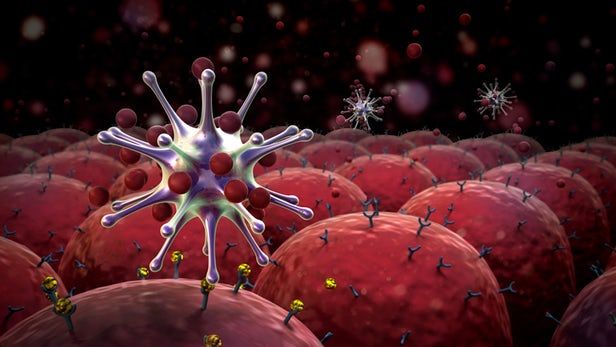
Liz talking about gene therapy.
Liz Parrish in conversation with Nick Delgado, PhD, ABAAHP, CHT, Lifestyle Anti-Aging Medicine Author.
During the insightful conversation, they cover subjects such as the state of the art in life extension science and technologies as well as BioViva’s plan (the company of Liz Parrish) to ensure being one of the leading companies in the growing field of celular rejuvenation for treating / curing old-age related diseases, poised to become the biggest industry ever in the human kind during the next two decades.
I would like to thank Liz Parrish and Nick Delgado for allowing me to be present during the conversation and record it with my mobile phone.

Perhaps you read the stories last week (including the NYT piece linked to below) about the researchers at Johns Hopkins, led by Gul Dolen, who gave ecstasy (MDMA) to octopuses and found that they, like humans, became more social on the drug. Dr. Dolen talked about using the octopus as a model organism in neuroscience research during last Friday’s day-long workshop hosted by the NIH BRAIN 2.0 working group.
By dosing the tentacled creatures with MDMA, researchers found they share parts of an ancient messaging system involved in social behaviors with humans.

And yet, today, the struggle against HIV may be undergoing a sea change.
U.S. health officials and HIV experts are beginning to talk about a future in which transmission in the United States could be halted. And that future, they say, could come not within a generation, but in the span of just a few years.
“We have the science to solve the AIDS epidemic,” Dr. Robert Redfield, the director of the CDC, himself a longtime HIV researcher and clinician, told STAT in a recent interview. “We’ve invested in it. Let’s put it into action.‘’

The Milky Way has a violent past. When it isn’t swallowing renegade sausage galaxies, it seems to be waging endless games of interstellar tug-of-war with its nearest galactic neighbors — and not always winning. According to a new study published Sept. 19 in the journal Nature, one such encounter ended with a cosmic wound to the Milky Way’s disk that still hasn’t fully healed, 300 million years later.
That wound, researchers say, is visible in a cluster of several million stars that are not behaving as they should be. While still rotating around the Milky Way’s galactic center, these rogue stars also orbit around one another in a wobbly, spiral pattern that has only become more tangled over the past eon. [Big Bang to Civilization: 10 Amazing Origin Events]
“We have observed shapes. [of star clusters] with different morphologies, such as a spiral similar to a snail’s shell,” lead study author Teresa Antoja, a researcher at the Institute of Cosmos Sciences (ICCUB) at the University of Barcelona, said in a statement. “These substructures allow us to conclude that the disk of our galaxy suffered an important gravitational disturbance.”
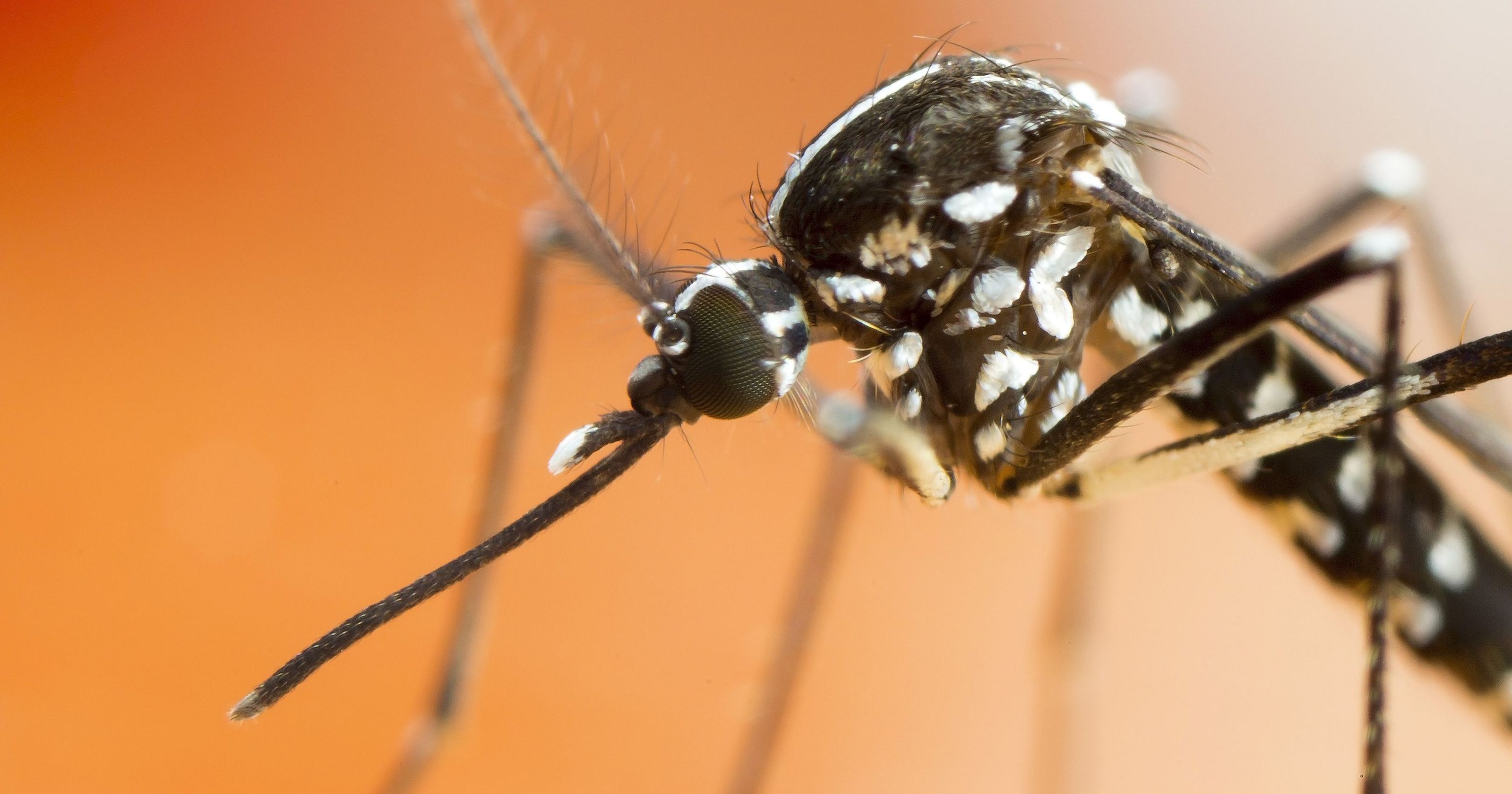
Home kits could one day allow diabetes patients to make their own insulin — potentially saving them thousands of dollars a year.